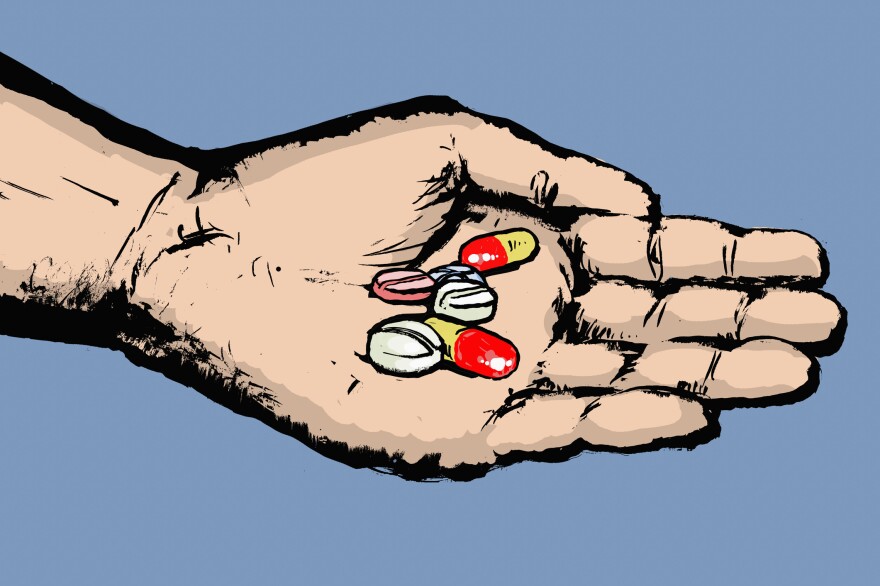Wisconsin will receive nearly $31 million throughout the remainder of 2022 to address the opioid crisis. The money comes from the National Prescription Opiate Litigation Settlement.
In that case, plaintiffs alleged that manufacturers of prescription opioids misrepresented the risks of long-term use of those drugs. They also argued that distributors failed to properly monitor suspicious orders of the drugs. Plaintiffs said those failures contributed to the current opioid epidemic.
The state received its first payment of more than $6 million last week.
On Monday, state Department of Health Services’ Secretary Designee Karen Timberlake outlined plans for spending Wisconsin’s share of the opiate litigation settlement.
She said the plan is based on feedback from stakeholders, the public, health care providers and first responders.
"The plan is a three-phased approach that will make important investments in harm reduction, capital projects, funding for tribal nations, data collection and surveillance, and other aspects of prevention treatment and recovery. Phase one addresses our states immediate needs and invest in harm reduction strategies to reduce negative consequences associated with drug use and to save lives," Timberlake said.
Timberlake added that phase one includes $3 million for the statewide expansion of the Narcan Direct Program, $2 million for fentanyl test strip distribution and $1 million for targeted grants to address root causes of opioid misuse.
Phase two invests $11 million in capital projects and $6 million in funding for tribal nations.
Timberlake said tribal nations urgently need the funding due to a dramatic increase in opioid deaths that have caused at least three tribes to declare a state of emergency.
Finally, phase three makes long-term project investments. "This includes $500,000 for the enhancement of a DHS overdose and central alert system, $2 million for K-12 evidence-based curriculums and programs, $1 million for medication assisted treatment expansion, $2.5 million for room and board for residential substance use disorder treatment, and $2 million for family support centers," she outlined.
Timberlake said there is evidence that these strategies do work. She said there was a downturn in deaths and overdoses in the state just before the COVID-19 pandemic.
For example, she said in 2018 overdose deaths were down 10% compared to the previous year but increased significantly in 2020 to a record high of over 1,200 deaths.
Timberlake said the pandemic led to an increase in the availability of synthetic opioids like fentanyl, and an increase in the use of many drugs at one time is also believed to be responsible for the increase in overdose deaths.
She said we need to take critical action now. "Wisconsin’s opioid epidemic began in the late 1990s and has been evolving since with an almost 900% increase in opioid overdose deaths between 1999 and 2018. The longer we delay, the more we put at risk those who would benefit most from these lifesaving investments."
The state is still waiting for word on when and how the remaining payments for this year will be made. Wisconsin will receive $400 million in total funding.
Thirty percent of the opioid settlement funds will go to the state Department of Health Services, while the other 70% will go to counties and municipalities that participated in the litigation.
Plans for spending the state portion must be approved by members of the Legislature’s Joint Committee on Finance.





